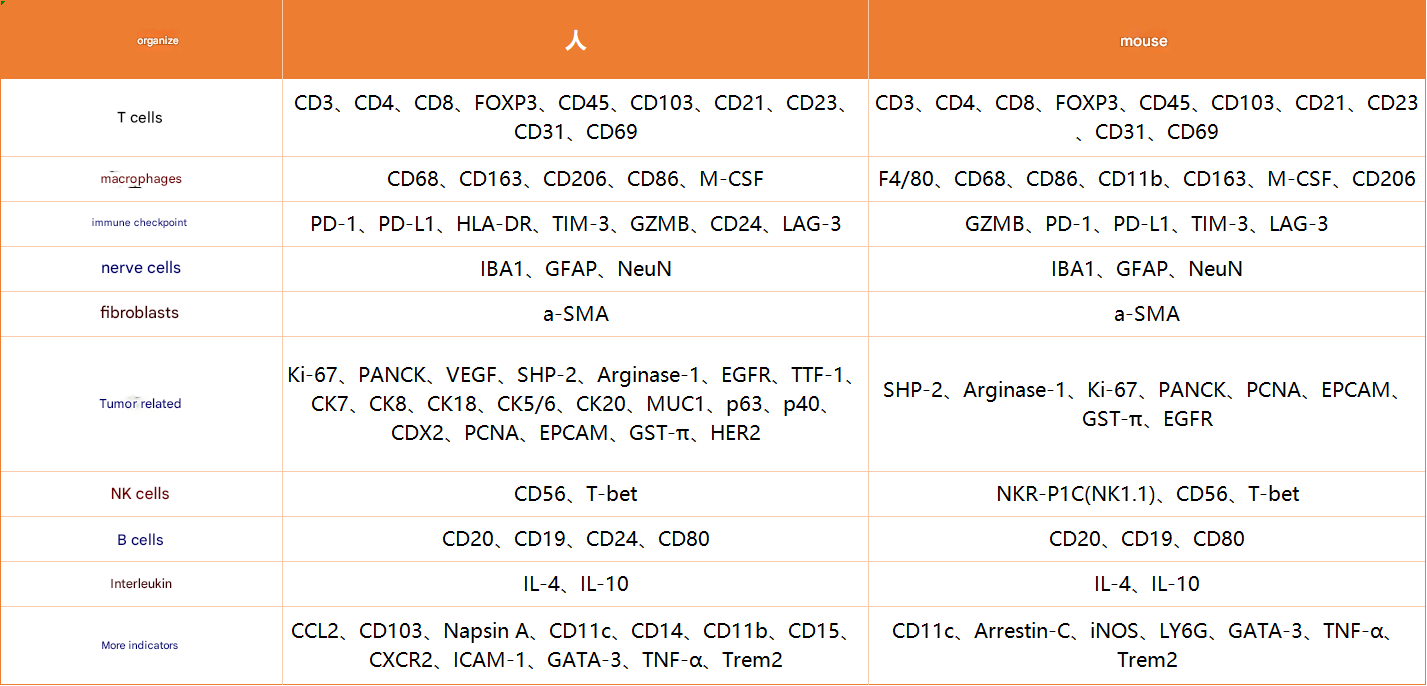[IF 25.5] Absin Contributes to a New Therapeutic Target for Necrotizing Enterocolitis in Neonates: Intestinal FXR and Ferroptosis
![[IF 25.5] Absin Contributes to a New Therapeutic Target for Necrotizing Enterocolitis in Neonates: Intestinal FXR and Ferroptosis](http://www.antbioinc.com/cdn/shop/articles/1_4cae721d-0b9f-4741-b61c-0d2cc682fe49.jpg?v=1750215784&width=1100)
Neonate Necrotizing Enterocolitis (NEC) is a common and fatal intestinal disease in premature infants, but its mechanism is not fully understood. A recent study published in Immunity revealed the molecular mechanism by which the bile acid receptor FXR exacerbates NEC by regulating ferroptosis in intestinal epithelial cells and the dysfunction of ILC3, and proposed potential therapeutic targets. This article will guide you through the key techniques, experimental design, and core conclusions of this study.
一、Overview of Core Experimental Techniques
-
Single-cell RNA sequencing (scRNA-seq) Analyzing the transcriptome heterogeneity of NEC mouse intestinal epithelial cells (IECs) to identify the specific high expression of FsXR in intestinal cells.
-
Flow Cytometry and Sorting Detecting FXR protein expression in IECs and sorting ILC3 (CD45⁺Lin⁻CD90.2⁺CD127⁺KLRG1⁻) for functional analysis.
-
Multiplex Immunohistochemistry (mIHC) Panel design:
-
FGF19 localization: FGF19 (red) + EpCAM (white, marking epithelial cells) + DAPI (blue, nuclear staining).
-
FXR and lipid peroxidation: FXR (red) + 4-HNE (green, lipid peroxidation marker) + EpCAM (white) + DAPI (blue). Co-localization analysis reveals the spatiotemporal association of FXR and oxidative damage in the intestines of NEC patients.
-
Lipidomics (LC-MS/MS) Quantifying phospholipid peroxides (PE-PUFAs) to confirm that FXR promotes ferroptosis by upregulating ACSL4.
-
Genetic Editing and Animal Models Constructing intestinal-specific FXR knockout mice (Fxr^AlEC) combined with NEC induction models (hypoxia + hypothermia + formula feeding).
-
Chromatin Immunoprecipitation (ChIP) and Luciferase Reporting Verifying that FXR directly binds to the ACSL4 promoter to regulate its transcriptional activity.
二、Sample Grouping Logic
-
Clinical Samples NEC group: 6 NEC infants diagnosed by surgery (plasma, intestinal tissue). Control group: 6 age-matched non-NEC infants (normal intestinal segments taken during surgery for congenital intestinal malformations).
-
Mouse Experiments Genotype grouping: Fxr^AlEC (intestinal FXR knockout) vs. Fxr^fl/fl (wild-type control). Intervention grouping:
-
FXR regulation: agonist Fexaramine, antagonist Gly-β-MCA.
-
Ferroptosis intervention: inhibitor Liproxstatin-1, ACSL4 inhibitor PRGL493.
-
Microbiota intervention: fecal microbiota transplantation from NEC infants + butyrate supplementation.
三、Disruptive Conclusions
-
FXR is a key driver of NEC Significant upregulation of FXR expression in the intestines of NEC infants, positively correlated with plasma FGF19 (a downstream target of FXR), indicating that FXR activation exacerbates the disease.
-
Imbalance of Microbiota-Epithelial Cell Interaction Dysbiosis associated with NEC reduces short-chain fatty acids (SCFAs, such as butyrate), lifting their inhibition of FXR, leading to ferroptosis in intestinal epithelial cells.
-
Ferroptosis-ILC3 Axis Worsens Inflammation FXR promotes lipid peroxidation and ferroptosis by transcriptionally activating ACSL4; oxidized phospholipids (PEox) released from dead epithelial cells inhibit ILC3 secretion of IL-22, weakening intestinal barrier repair.
-
New Therapeutic Strategy Targeted inhibition of intestinal FXR, ACSL4, or ferroptosis significantly alleviates NEC symptoms in mice, with survival rates increasing by more than 50%.
Summary
This study reveals for the first time the core role of the FXR-ferroptosis-ILC3 axis in NEC, providing a new perspective on the molecular mechanisms of intestinal inflammation and precise targets for clinical intervention. The combination of multi-omics technologies and cross-species models highlights the powerful strength of translational medical research.
Nearly 300 Articles on mIHC!!!
★ Services Provided:
-
Flash Panel with Antibodies (Our verified antibody library is continuously updated);
-
Scan Inclusion (Leica automated staining + 3D & TG scanner);
-
Analysis Inclusion (HALO analysis software);
-
7-10 Color Inclusion with a free hard drive + tissue flow cytometry scatter analysis;
-
Fastest Results in 1 Week.
★ Scholarship of up to 3000 yuan for published articles https://www.absin.net/custom/mihc.html


Absin provides antibodies, proteins, ELISA kits, cell culture, detection kits, and other research reagents. If you have any product needs, please contact us.
|
Absin Bioscience Inc. Email: worldwide@absin.net |
 Follow us on Facebook: Absin Bio Follow us on Facebook: Absin Bio |




